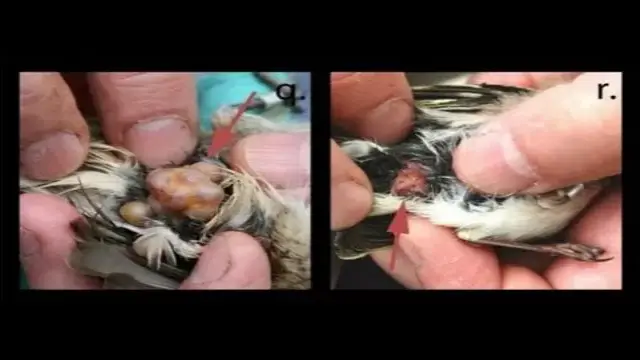Solar reactor to convert CO2
Researchers at the University of Cambridge have built a solar reactor that captures CO2 and turns plastic waste into sustainable fuel and other valuable chemical products.
Researchers have demonstrated how to capture carbon dioxide from industrial processes or directly from the air and convert it into clean and sustainable fuels using only solar energy. In experiments, carbon dioxide is converted into synthesis gas, which is the basis for sustainable liquid fuels. Also, plastic bottles are converted to glycolic acid, which is widely used in the beauty industry.
However, unlike previous tests of their solar fuel technology, the team obtained CO2 from real sources such as industrial exhaust or wind. Researchers were able to capture, concentrate and convert CO2 into a sustainable fuel.
Although improvements are needed before the technology can be used industrially, the results reported in the journal Joule represent another important step toward producing clean fuels that power the economy without the need for environmentally damaging oil and gas extraction.
Over the years, Prof. Erwin Reisner’s research group, in the Department of Chemistry, is using artificial leaves to produce sustainable and clean carbon fuels inspired by photosynthesis (the process by which plants convert sunlight into food). These artificial leaves convert CO2 and water into fuel using only solar energy.
To date, their solar experiments have used pure, condensed CO2 in a cylinder, but for the technology to be of practical use, it must be able to actively absorb CO2 from industrial processes or directly from the air. However, since CO2 is only one type of molecule in the air we breathe, making the technology sensitive to dilute compounds of CO2 in the air is a major technical challenge.
Along with decarbonization, fossilization is also important. Fossil fuels must be phased out completely to create a truly circular economy. In the medium term, this technology can help reduce carbon emissions by capturing it from industry and turning it into something useful, but ultimately, we need to remove fossil fuels from the equation entirely and absorb CO2 from the air. .
The researchers were inspired by carbon capture and storage (CCS), where CO2 is captured and then pumped and stored underground.
CCS is a technology popular with the fossil fuel industry as a way to reduce carbon emissions while continuing to search for oil and gas, Reisner said. But if we capture and use carbon instead of storing it, we can make CO2 into something useful with unknown long-term consequences, and eliminate the use of fossil fuels, instead of burying it underground.
The researchers adapted their solar technology to run on flue gases or directly from the air, using only the sun’s energy to convert CO2 and plastics into fuels and chemicals.
CO2 is selected by bubbling air through a system containing an alkaline solution, and other gases in the air such as nitrogen and oxygen are expelled harmlessly. This bubbling process allows researchers to concentrate the CO2 in the air into a solution that makes it easier to work with.
An integrated system consists of a photocathode and an anode. This system has two compartments: on the one hand, the CO2 solution is absorbed, turning it into synthesis gas, a common fuel. Plastics, on the other hand, can only be converted into useful chemicals using sunlight.
“The plastic component is an important trick to this system,” said first author Dr. Matiyar Rahman. The absorption and use of CO2 from the air makes the chemistry more difficult. But, if we add plastic waste to the system, the plastic donates electrons to CO2. Plastic is broken down into glycolic acid, which is widely used in the cosmetics industry, and CO2 is converted into syngas, a common fuel.
“This solar-powered system takes two harmful waste materials, plastic and carbon dioxide, and turns them into something truly useful,” said co-author Dr Sayan Kar.
Rahman said: “Instead of storing carbon dioxide underground in the CCS method, we can absorb it from the air and make clean fuel from it.” In this way, we can cut the fossil fuel industry out of the energy production process and hopefully prevent climate destruction.
“The fact that we can effectively take CO2 from the air and make something useful out of it is unique,” says Dr. Sayan Kar. It is satisfying to see that we can do this using only sunlight.
Scientists are currently working on an improved performance and practical desktop display device that highlights the benefits of direct air coupling using CO2 as a path to a zero-carbon future.
Researchers at the University of Cambridge have built a solar-powered reactor that turns airborne CO2 and plastic waste into sustainable fuels and valuable chemicals. This research highlights an important step towards a circular economy free of fossil fuels




















